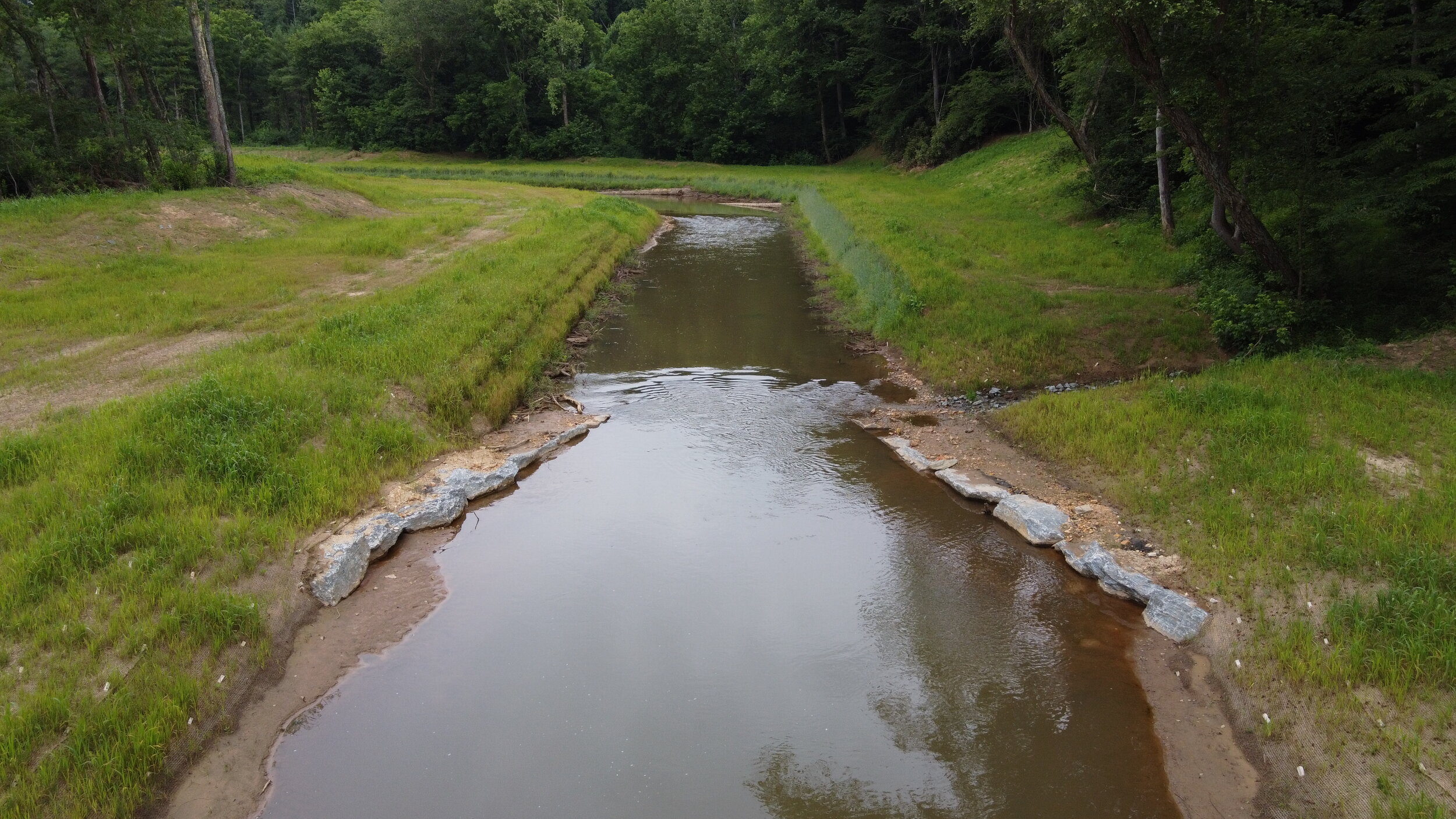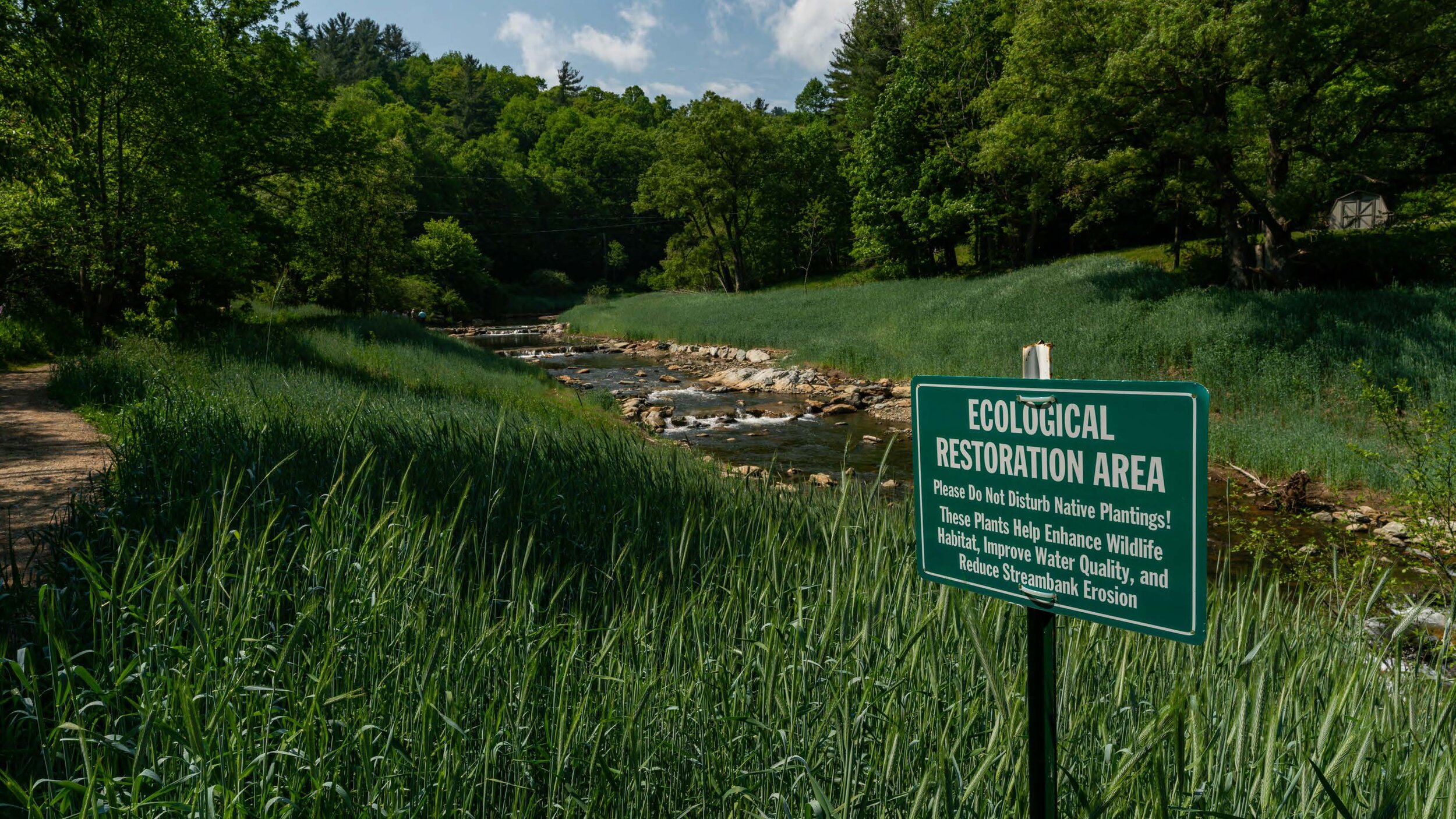ELKIN, N.C. -- Surry and Wilkes County residents will have cleaner water with less pollution and less sediment, thanks to a recently completed stream restoration project led by Resource Institute.
Hurricanes Michael and Florence in 2018 exacerbated the region's erosion and sediment problems.
Richard Everhart, consultant at the Resource Institute, said high sediment levels previously forced the town of Elkin to shut off water intakes to its reservoir during significant storm events.
"And again, with any kind of heavy rain event, it's obvious that the watershed's not in that great of shape," Everhart observed. "A lot of sediment, water that should be running clear, runs red, so there were a lot of different issues."
The project stabilized 3,500 feet of stream, and reduced sediment load in the Creek. Engineers restored Big Elkin Creek's natural pattern of pools, riffles, and runs, and protected stream banks with structures made of rock and wood.
Everhart pointed out trees will be planted to help protect the banks and create wildlife habitat and added the project will boost flood resiliency and enhance opportunities for outdoor recreation.
"Landowners, groups, local government, they all need to reach out and understand there are opportunities out there to address these kinds of problems, even sometimes when they're as large as this one and look as daunting as this one," Everhart explained. "The resources are there, and the work can be done."
Jake Byers, senior water resources engineer for Ecosystem Planning and Restoration, said stream restoration costs can be significant, but the long-term benefits pay for themselves.
"The landowners themselves are continuing to lose land from bank erosion," Byers noted. "Land that they're still paying taxes on that doesn't necessarily exist because it's been washed down the stream."
In addition to the Resource Institute, the project was completed by the Town of Elkin, Surry County, Watershed NOW, and North State Environmental.
Nadia Ramlagan, Producer, North Carolina Public News Service
Original Article at https://www.publicnewsservice.org/2021-07-29/water/nc-community-tackles-erosion-sediment-issues-in-water-supply/a75155-1















